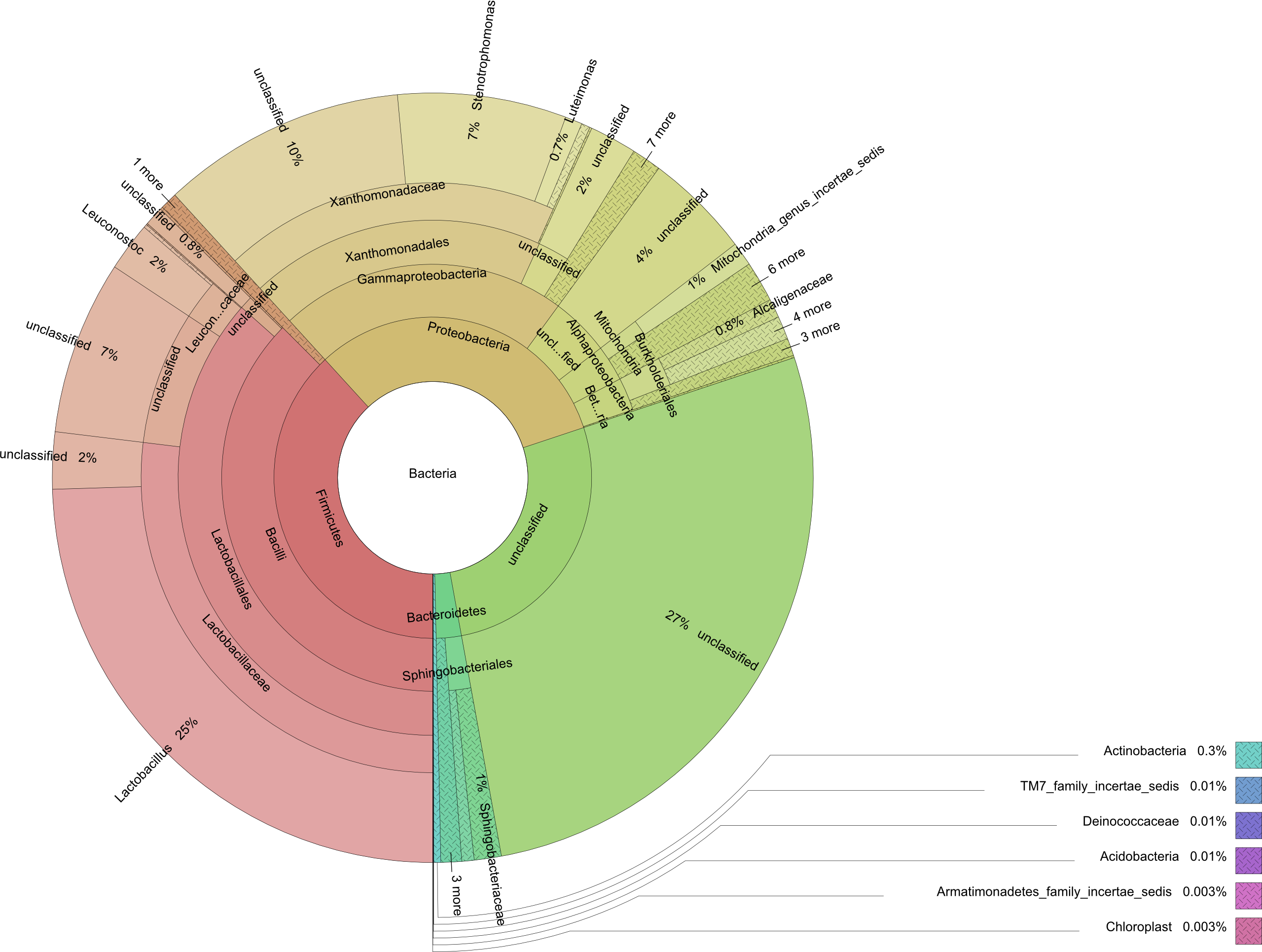16S rRNA, 18S rRNA or ITS. In the medical field, amplicon sequencing is used for the detection of rare genetic variances, e.g. in hereditary diseases. We offer you an individual project planning and the suitable primer design for the marker gene of your choice. On request, we also generate the corresponding amplicon with our recommended primers or send us your PCR products with your primers that have the adapter overhangs. It should be noted that the PCR product, if it should be sequenced with an overlapping of R1 and R2, should be not greater than 550 bp. In general, PCR products from 380 bp up to a maximum of 700 bp are possible. High-throughput sequencing and application of our analysis pipeline will provide you with the necessary taxonomic and / or statistical data.
Amplicon sequencing by Illumina
Due to longer read length and higher quality by combining overlapping paired end reads, amplicon sequencing on the Illumina MiSeq is the first choice. Depending on the objective of your experiment and the number of samples, the system supports different experimental approaches.
Classic amplicon generation is done using two PCR reactions. In the first PCR, a locus-specific primer with overhang is used for an Ilumina adapter. The fusion primers are composed of the A or B adapter for Illumina, the sequencing key, an MID (multiplex identifier) and the template-specific sequence. In the second PCR, the hybridization of the adapter sequences takes place (see illustration in the case of Illumina). Afterwards, the samples are ready for sequencing.
1st PCR: Locus-specific primer with adapter overhang

2. PCR: Adapter hybridization (simplified presentation)

For the adaptation of your PCR products, Illumina offers 96 different barcode adapters for sequencing. In this experimental approach, it should be kept in mind that the fragments in both orientations bind to the library adapters, so that the sequencing of the fragments takes place undirected.
For most experimental approaches, bidirectional paired-end sequencing on the Illumina MiSeq is recommended because the combination of forward and backward readings provides more consensus sequence and enables more accurate variance detection.

Example of an amplicon project:
- Sequencing on the Illumina MiSeq
+ Quality analysis
+ OTU clustering
+ Taxonomic profiling
+ Statistics
